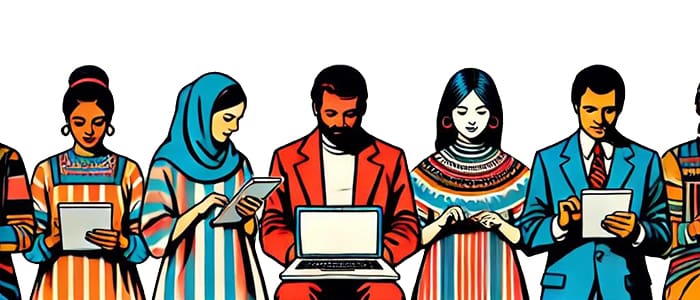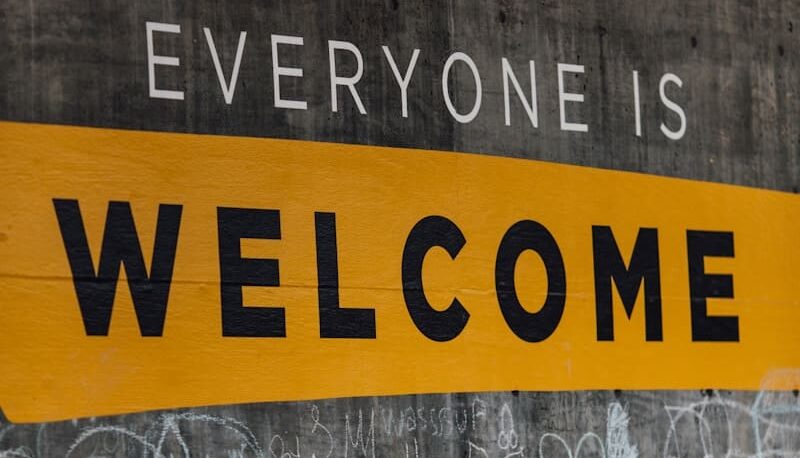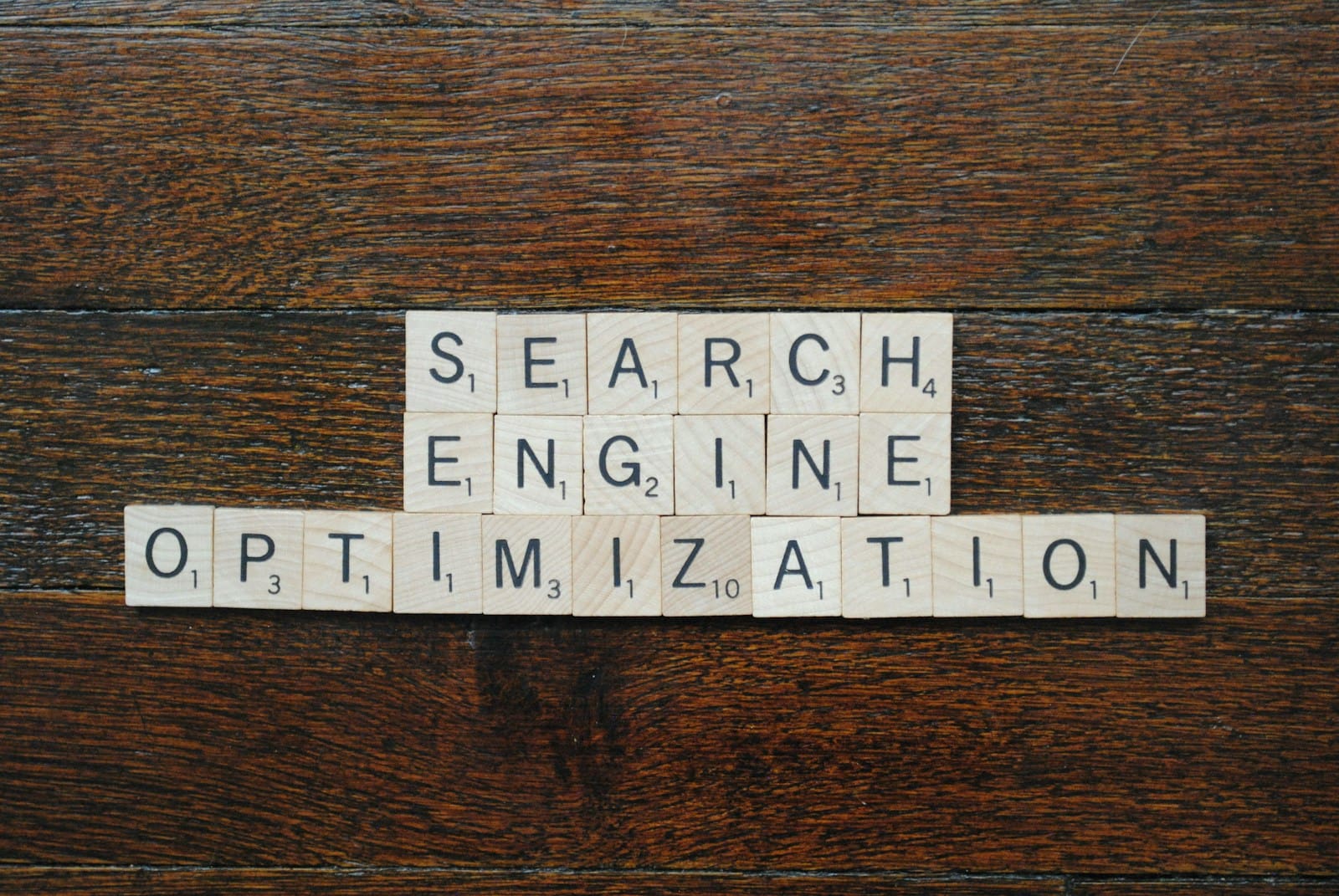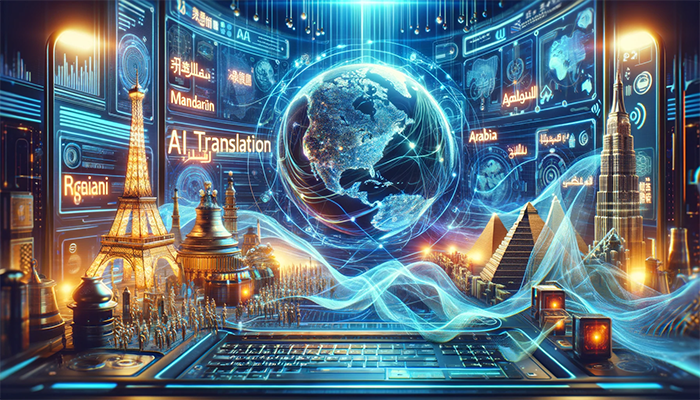Your website is your global storefront. It’s not just a place for people to find your products; it’s a bridge. A connection. A chance to show your audience that you see them, understand them, and speak their language—literally.
But let’s be clear: translation isn’t about swapping one word for another. It’s about nuance. It’s about culture. It’s about making your brand feel local to a global audience. That’s why businesses that want to grow globally can’t ignore website translation. Done right, it’s not an expense; it’s an investment in growth, trust, and engagement.
This guide will walk you through why website translation matters, how it works, and why human expertise is still the gold standard in 2025.
What Is Website Translation?
Website translation means converting content—all of it, from text to metadata—into another language while keeping the context intact. It’s not just about being understood; it’s about being relevant.
Key Elements
- Text Translation: Turning your written content into something meaningful in another language.
- Cultural Localisation: Adapting your website to reflect cultural nuances—idioms, symbols, even colour choices.
- Technical Localisation: Making sure currencies, dates, and measurements make sense to your audience.
- SEO Optimisation: Translating keywords and metadata so search engines love your multilingual site.
Why Website Translation Matters

1. Reach Global Audiences
Your customers are out there, waiting for you—but only if they can understand you. In fact, 72% of people spend most of their time on websites in their own language. If you’re not translating, you’re leaving money on the table.
2. Build Trust and Credibility
Trust is the currency of business. Localised content shows your audience that you respect their culture. It says, “We’re here for you.” That builds loyalty.
3. Boost SEO Performance
Want to rank in Google Japan or Bing Germany? You need translated, localised content with keywords that resonate locally. Multilingual websites can be goldmines for your business as they help you sell more to other countries and expand your global reach.
4. Gain Competitive Advantage
In 2025, global is the new local. If your competitors are localising their websites and you’re not, guess who’s getting the business? Don’t get left behind—partner with Brightlines to ensure your brand connects globally.
Translation vs. Localisation vs. Transcreation
Not all translation is created equal:
- Translation: Good for straightforward content, like FAQs or policies. A hybrid approach can work well here too—AI can handle the initial draft, while human expertise ensures accuracy and nuance.
- Localisation: Great for making your website feel at home in another culture. This includes adapting symbols, dates, colours, and even humour. For example, red symbolises good fortune in China but can indicate danger elsewhere.
- Transcreation: Essential for creative content. Marketing messages need to inspire action, not just understanding. These pages—like sales or team-focused content—must feel personal and authentic. If people sense they are being spoken to by AI, they may disengage and feel undervalued. Human translators ensure these critical pages resonate deeply.
Methods of Website Translation
1. Human Translation
If quality matters (hint: it does), human translators are unbeatable. They capture tone, intent, and cultural nuance.
2. Machine Translation (AI)
It’s fast and cheap, but don’t expect perfection. Use it for drafts or minor webpages. For key pages—those selling your product or connecting with employees—AI validation ensures basic accuracy, but human expertise makes the content relatable and impactful.
3. Hybrid Translation
It’s close to the best of both worlds: AI handles the grunt work, and humans finesse the results. This can help balance both speed and quality. AI validation ensures the machine’s output is contextually accurate before human experts refine it for tone and cultural fit.
Best Practices for Website Translation
1. Leverage a Translation-Friendly CMS
Using a CMS that supports XLIFF, CSV, or text export simplifies the process:
- Export: The CMS generates structured files (e.g., XLIFF), allowing professional translation agencies to work efficiently.
- Translate: The content is translated by human experts using CAT tools to ensure consistency and accuracy. This can also involve a hybrid approach, where AI assists in processing repetitive elements or initial drafts, while human translators refine the output. Glossaries and translation memories maintain terminology consistency, and advanced QA tools validate quality at every step, ensuring the highest standards.
- Re-Import: Translations are uploaded back into the CMS while retaining structure and formatting.
- Test: Quality assurance ensures everything looks and works perfectly before launch. This includes verifying that headlines, text in images, and buttons fit correctly within the design, ensuring that content does not overrun or disrupt the user experience.
2. Understand Your Audience
Research cultural preferences, language nuances, and user expectations to make your content resonate.
3. Prioritise High-Impact Pages
Focus on pages like landing pages and product descriptions that drive engagement and conversions.
4. Optimise for SEO
Localised keywords and translated meta tags boost visibility in target markets.
5. Test Before Launch
Testing ensures accuracy, functionality, and cultural appropriateness across languages.
6. Partner with Professional Agencies
Translation isn’t a DIY project. Work with professionals to streamline workflows, manage details, and deliver high-quality, localised content.
Why Human Expertise Matters
AI can be helpful, but it doesn’t get nuance. It doesn’t know that red is lucky in China but a warning in Western cultures. Humans do. That’s why there’s no substitute for human translators for creative or brand-critical content.
Case Study: Brightlines and Fisher Investments Perfecting the Danish Voice
When Fisher Investments set out to launch a Danish microsite, they needed more than just translation—they needed a voice that felt authentically Danish from the outset. Brightlines stepped in, crafting the content from scratch in English before reimagining it for a Danish audience. Every word was meticulously reviewed, ensuring the tone, nuance, and cultural relevance aligned seamlessly with Fisher Investments’ vision. Only after the English copy was perfected did the design process move forward, keeping content at the heart of the user experience.
Once the site was built, Brightlines’ creative translation team took over, adapting the text into natural, engaging Danish. This wasn’t a direct word-for-word process but a cultural transformation, shaped by native-speaking experts and rigorously refined with input from Fisher Investments’ Danish team. A final back-translation ensured transparency for UK and US stakeholders. Now, as the microsite prepares for launch in March 2025, expectations are high—every step of the process has been a masterclass in creating content that truly resonates.
Discover the Brightlines Difference
At Brightlines, we believe that truly effective global communication goes beyond translation. It’s about capturing the essence of your message and ensuring it resonates with your audience. Discover how Brightlines can help your organisation craft content that speaks authentically across languages and cultures. Learn more about our services here.
Ready to take your website global?
Contact Brightlines to learn how our expert website translation services can elevate your brand internationally.







